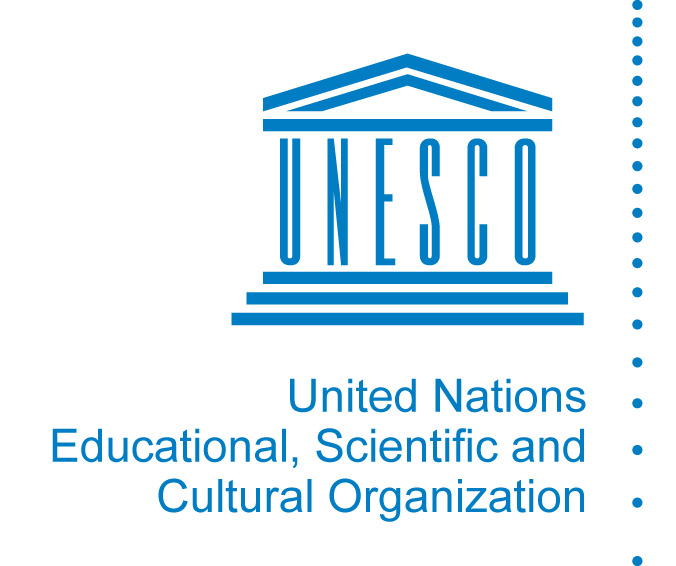Curriculum approaches
Comprehensive sexuality education (CSE):
UNESCO. 2009. International Technical Guidance on Sexuality Education is aimed at education and health sector decision-makers and professionals.
Haberland, N. et al. 2009. It’s All One Curriculum: Guidelines and Activities for a Unified Approach to Sexuality, Gender, HIV, and Human Rights Education. New York, Population Council.
UNFPA. 2014. Operational Guidance on Comprehensive Sexuality Education sets out UNFPA’s framework for CSE. It outlines steps for building technical capacities for quality CSE programmes, as well s advice on monitoring and evaluation.
Life skills education:
Program H|M|D: A Toolkit for Action/Engaging Youth to Achieve Gender Equity introduces the Programs H, M and D approach.
UNESCO’s Examples of Grade-Specific Objectives for Skills-based Violence Prevention Educationdiscusses the knowledge, attitudes and skills that young people need to reduce their involvement with violence, whether in the role of the aggressor, victim or bystander.
Healthy relationships interventions:
Good Touch/Bad Touch: Used to communicate about sexual abuse to school-aged children in Asia in a creative way.
Safe Dates: Prevention programme for dating abuse.
Expect Respect: Implemented with middle- and high-school students in Texas, US.
Dating Matters: For 11–14 year olds in high-risk schools.
Champions of Change (developed by Plan International (2015b) to train male youth aged 14–18 to be change agents to challenge gender norms, roles and stereotypes in schools and communities – see manual: Changing the World: Youth Promoting Gender Equality.
Bystander approaches:
Bringing in the bystanders is a sexual violence prevention approach conducted in groups with a team of one male and one female peer facilitator.
Green Dot is a violence prevention project, involving training in bystander mobilization.
Coaching Boys Into Men (see resources on Safe spaces and co-curricular activities for more details)
Bullying prevention:
National Association of Elementary School Principals (NAESP) website of the association that provides bullying resources.
PACER’s National Bullying Prevention Center provides digital-based resources for parents, schools, teens and youth to respond to and prevent bullying.
Online bullying prevention:
Take Back the Tech (Global): A collaborative web-based campaign that calls on all ICT users – especially women and girls – to take control of technology and strategically use any ICT platform at hand for activism against gender-based violence.
Safety Net Kids (UK): A website by the UK organization Safety-Net aimed at helping young children stay safe in cyberspace.
Peace and civics education:
UNESCO-INEE. 2005. Inter-Agency Peace Education Programme: Skills for Constructive Living. Paris, UNESCO – Curriculum has been implemented in refugee camps and returnee communities across sub-Saharan Africa to develop peace-building skills and reduce violence.
UNESCO. 2012. Teaching Respect for All. Paris, UNESCO – Provides examples of learning activities to integrate Teaching Respect for All into formal and informal classrooms, targeting learners of 8–16 years old. It focuses on all kinds of discrimination in and through education, including gender-based discrimination and violence.
Pedagogy and teacher training
Atthill, C. and Jha, J. 2009. The Gender Responsive School: An Action Guide. London, Commonwealth Secretariat – This toolkit for teachers, head teachers, school administrators and managers provides ideas and mechanisms to make classrooms and other schooling activities more gender-responsive.
Focusing Resources on Effective School Health (FRESH): The FRESH approach uses learner-centred and participatory methodologies to focus on the development of knowledge, attitudes, values and skills.
South Africa Department of Education. 2001. Opening our Eyes: Addressing Gender-Based Violence in South African Schools – a Module for Educators is an in-service training manual that consists of eight interactive workshops that aim to raise awareness of what SRGBV is and why it happens, as well as providing tools and strategies for addressing SRGBV.
UNESCO. 2011b. Stopping Violence in Schools: A Guide for Teachers. Paris, UNESCO – This guide examines various forms of violence in schools and their consequences for education. It offers 10 actions to prevent and stop violence in schools with practical examples that teachers can adapt in the classroom.
USAID. 2009b. Doorways III – Teacher Training Manual on SRGBV Prevention and Response. Washington DC, USAID – This manual is designed to train teachers to help prevent and respond to SRGBV through pedagogical practices and attitudes that promote a safe learning environment for students.
Safe spaces and co-curricular activities
ActionAid. 2014. Girls’ Club Manual. ActionAid – A comprehensive guide to setting up girls’ clubs at primary and secondary school level. Based on practical experience from the Transforming Education for Girls (TEGIN) project in 72 schools in Nigeria.
Coaching Boys Into Men curriculum (2015) – Resources by the US organization Futures without Violence to help young athletes build respectful, non-violent relationships.
International Sexuality and HIV Curriculum Working Group. 2011. It’s All One Curriculum: Guidelines and Activities for a Unified Approach to Sexuality, Gender, HIV, and Human Rights Education. New York: Population Council – user-friendly set of guidelines and activities to place gender and rights at the centre of sexuality and HIV curricula – both as stand-alone modules and integrated with topics such as relationships, puberty and condom use.
Plan International. 2015b. Changing the World: Youth Promoting Gender Equality – Manual to help young people confront gender-based discrimination in schools. Based on Plan’s peer-to-peer ‘Champions of Change’ approach where male youth (aged 14–18) were trained as change agents for gender equality in their schools and communities.
Population Council. 2010. Girl-Centred Programme Design toolkit for adolescent girls and safe space programming.
